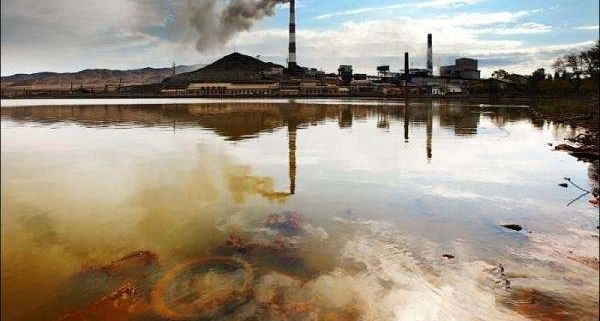Food industry wastewater
The food industry has a wide range of raw materials and a wide variety of products. The amount of water and water quality discharged from wastewater are very different.
The main pollutants in the wastewater are: solid materials floating in the wastewater, such as vegetable leaves, peels, minced meat, bird feathers, etc.; substances suspended in the wastewater are oils, proteins, starches, colloids, etc.; acids dissolved in the wastewater , alkali, salt, sugar, etc.; mud and other organic matter entrained in raw materials; pathogenic bacteria and so on.
The waste water of the food industry is characterized by high content of organic substances and suspended solids, easy to be spoiled, and generally no major toxicity. The hazard is mainly to make the water body eutrophication, causing the death of aquatic animals and fish, causing the organic matter deposited on the bottom to produce odor, deteriorating water quality and polluting the environment.
In addition to proper pretreatment according to the characteristics of water quality, wastewater treatment in food industry should generally adopt biological treatment. If the effluent water quality is very high or because the organic matter content in the wastewater is high, a two-stage aeration tank or a two-stage biological filter, or a multi-stage biological turntable, or a combination of two biological treatment devices, or an anaerobic can be used. In series with aerobic.
Pesticide wastewater
There are many varieties of pesticides, and the water quality of pesticide wastewater is complicated. Its main features are:
The concentration of pollutants is high, and the chemical oxygen demand (COD) can reach tens of thousands of milligrams per liter. It is highly toxic. In addition to pesticides and intermediates, wastewater contains toxic substances such as phenol, arsenic and mercury, as well as many substances that are difficult to degrade. It has a foul smell and is irritating to the human respiratory tract and mucous membranes; water quality and water volume are unstable.
Therefore, the pollution of pesticide wastewater to the environment is very serious. The purpose of pesticide wastewater treatment is to reduce the concentration of pollutants in the wastewater of pesticide production, improve the recycling rate, and strive to achieve harmlessness. The treatment methods of the pesticide wastewater include activated carbon adsorption method, wet oxidation method, solvent extraction method, distillation method and activated sludge method.
However, the development of new pesticides with high efficiency, low toxicity and low residue is the development direction of pesticides. Some countries have banned the production of organochlorine and organic mercury pesticides such as 666, and actively researched and used microbial pesticides. This is a new way to fundamentally prevent pesticide wastewater from polluting the environment.



